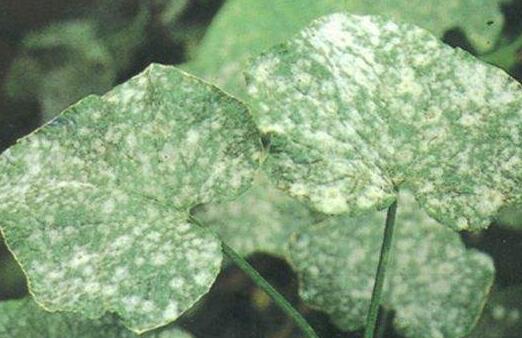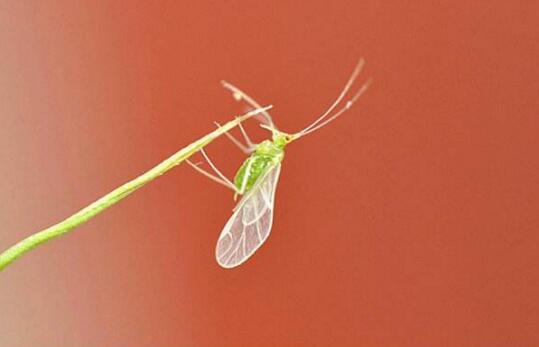How to plant gentian
Gentian can be referred to as gentian for short, or it can be called gentian. It is a perennial herb of Gentianaceae, which can be planted in most parts of China. For example, Inner Mongolia, Jilin, Guizhou, Hunan, Guangdong and other places. Wild gentian plants generally grow in grasslands, roadsides and other places, so how to grow gentian plants artificially? The following is the planting method of gentian, let's learn it together.

1. Land selection and preparation
Gentian grass has the characteristics of being wet and cool, and the requirement for planting land is not high. Usually, we will choose the land with moist and sufficient water source, the planting land is relatively flat, the light is sufficient, the sandy loam is the best, and it is rich in organic matter, the soil fertility is relatively sufficient, avoid clay, heavy clay. Before sowing, prepare the soil, turn the soil deeply, combine with fertilization, mix the base fertilizer well, re-apply the base fertilizer, flatten the soil surface, fine the soil and make a ditch for the border.
2. Planting method
There are two methods of planting Gentiana, which are seed propagation and plant propagation. Seed reproduction can generally be sowed in spring and autumn. Spring sowing requires seed treatment and then sowing, while autumn sowing takes place in November of each year. Sowing is carried out in the way of strip sowing, with a distance of 35 cm between each row and 15 cm per plant. Ramet propagation is carried out in April every year and can be planted at intervals of seed reproduction.
3. Planting management
After planting, we should mainly maintain the moisture of the soil and water it irregularly. Secondly, weeding should be carried out in time, and there is no limit on the number of weeds planted. We mainly carry out early summer according to the growth of weeds and remove weeds as soon as possible. Secondly, gentian grass should be watered frequently, so in order to prevent soil consolidation, it is necessary to loosen and cultivate soil to improve soil permeability. In addition, in order to promote the growth of gentian, we need timely topdressing, first of all, spraying foliar fertilizer, usually about twice, followed by ditch application combined with cake fertilizer, phosphate fertilizer and farm manure. Finally, it should be noted that in order to improve the yield and quality of gentian and reduce the consumption of nutrients, it is necessary to thinning flowers and removing flower buds, which can be concentrated in nutrient supply and promote rhizome growth.
4. Prevention and control of diseases and pests
The main disease of gentian is spot blight, which mainly harms the leaf surface of the plant and eventually leads to leaf death. Well, first of all, we need to disinfect the soil, then disinfect the seedlings of Gentiana, and then reasonably control the planting density, and then use chemicals for control, mainly using mancozeb or disinfectant alum. Finally, it is to destroy the diseased plant, and put the diseased plant near the soil to thoroughly remove, change the soil, and completely solve the problem from the source of infection.
Gentian is actually very common in our lives, but for people who don't know it, it is a kind of weed or weed. So its vitality is very tenacious, naturally it is relatively easy to grow, but also easy to survive. Today, the editor decides to share and that's it. If you have any questions later, you can raise them with the editor.
- Prev

Petunia pest control methods, virus disease / leaf spot disease / white mildew / prevention
Petunia itself is not prone to pests, but sometimes neglect maintenance causes it to be infected by diseases and insect pests, which not only causes flowers to wither ahead of time, but also makes plants grow slowly or even die. The more common diseases and insect pests are white mildew, leaf spot, virus disease and aphids.
- Next

Pest control of Cuiyun grass, 3 common pest removal techniques / prevention and conservation methods
The ornamental value of Cuiyun grass is mainly its stems and leaves, especially those who are farmed by water hanging, they hope that its leaves are green and its branches are strong, but sometimes because it belongs to management, it will lead to some diseases and insect pests, not only the leaves will be withered, the plant may also die.
Related
- Fuxing push coffee new agricultural production and marketing class: lack of small-scale processing plants
- Jujube rice field leisure farm deep ploughing Yilan for five years to create a space for organic food and play
- Nongyu Farm-A trial of organic papaya for brave women with advanced technology
- Four points for attention in the prevention and control of diseases and insect pests of edible fungi
- How to add nutrient solution to Edible Fungi
- Is there any good way to control edible fungus mites?
- Open Inoculation Technology of Edible Fungi
- Is there any clever way to use fertilizer for edible fungus in winter?
- What agents are used to kill the pathogens of edible fungi in the mushroom shed?
- Rapid drying of Edible Fungi

